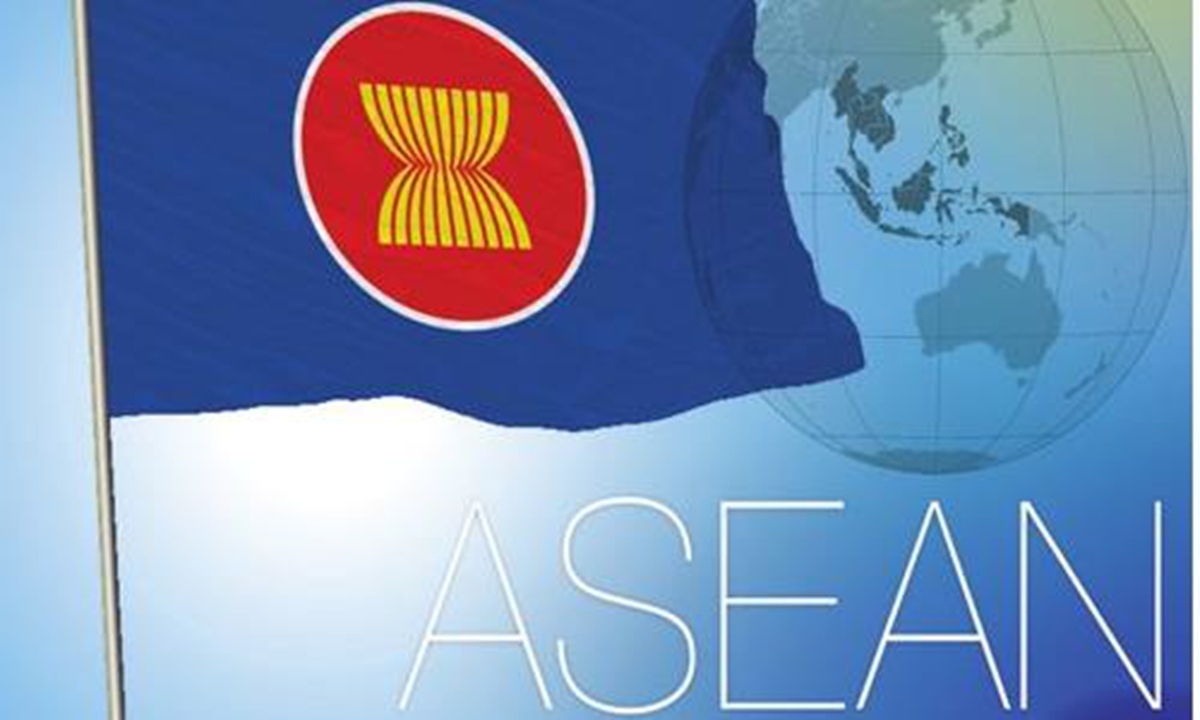China-ASEAN trade growth is shored up by solid foundation
By Zhong Feiteng Source: Global Times Published: 2020/9/14 18:30:17

File photo
The Association of Southeast Asian Nations (ASEAN) has secured its position as China's largest trading partner in the first eight months of the year. According to statistics from China Customs, trade between China and ASEAN totaled $416.6 billion during the period, $16 billion more than China's second-largest trading partner the EU.While the COVID-19 pandemic is hammering trade around the world, China and ASEAN have managed to buck the trend with a 3.8 percent year-on-year growth in trade, which has promoted the economic integration of China and ASEAN and the establishment of the "dual circulation" development pattern.
The trade between China and ASEAN has maintained a good momentum in recent years. When China joined the WTO in 2001, the US and EU topped the list of China's trading partners for a long time. The trade between China and ASEAN was only about 60 percent of China-US or China-EU trade.
China surpassed Japan as the world's second-largest economy in 2010. In the same year, ASEAN-China Free Trade Area (ACFTA) was launched. In the second year, ASEAN became China's third-largest trading partner, with trade reaching 80 percent of China-US trade for the first time.
After the US launched the trade war with China in 2018, China-ASEAN trade has realized rapid growth. In 2019, ASEAN surpassed the US to become China's second-largest trading partner - China-ASEAN trade totaled 4.4 trillion yuan while China-US trade was 3.7 trillion yuan at the time. China's imports from ASEAN surpassed the EU for the first time too. ASEAN surpassed the EU to become the largest trading partner of China at the beginning of this year.
In terms of trade patterns, the value-chain trade between China and ASEAN is surging. China and ASEAN are forming a new supply and demand relationship and network, especially in the electromechanical industry including integrated circuits (IC). China has imported 226.8 billion yuan worth of IC, up 23.8 percent in the first half of the year. China exported 89.7 billion yuan of IC, up 29.1 percent during the same time. The active trade in IC field pulled up the overall trade between China and ASEAN by 3.2 percent.
A closer look at China's trade with ASEAN economies shows that China and Vietnam have enjoyed the largest growth in the first eight months of the year, reaching $111.2 billion, surpassing Malaysia - in the second position - with $31.2 billion. China-Vietnam trade in the first eight months was up 13.4 percent while China-ASEAN trade was up 3.8 percent from January to August.
Under the impact of COVID-19, ASEAN may maintain the position as China's largest trading partner in a long term. The trade patterns formed recently may continue to exist and develop. Research on potential trade growth shows that factors such as economic size, per capita income level and trade barriers are important influencers. As global trade increasingly presents the characteristics of value chain trade, geographical and cultural factors will become more prominent.
Some people worry that given the rising labor costs and capacity ceilings in ASEAN, the current trade pattern can't be sustained for a long time. For instance, if Vietnam can maintain its 7 percent economic growth for more than a decade, its per capita GDP will only reach $5,000-6,000, less than 60 percent of China's current level. Therefore, the industrial transfer from China to Vietnam will take decades. Vietnam is close geographically to China, Japan, and South Korea. In fact, Vietnam's foreign investment mainly comes from South Korea, China, Japan, as well as Europe and the US.
Another concern is that as production is moving to countries like Vietnam, this type of trade pattern may pose challenges to China's own industrial development, especially the development of the IC industry.
First, even if some multinationals transfer some production processes to Southeast Asia, China still has the most complete industrial production system in the world. It is not only the main source of manufacturing raw materials and parts, but also many processes are designed in China. Only certain processes and assembly is transferred overseas.
Secondly, China is also an active participant in the process of industrial transfer. How to find new and higher value-added growth points in industrial transformation and upgrade is the key to the problem. At present, deepening trade and supply chain cooperation between China and ASEAN is an important way to deal with the uncertainty of the global industrial and supply chain and virus impacts.
The author is a research fellow at the National Institute of International Strategy of the Chinese Academy of Social Sciences. bizopinion@globaltimes.com.cn
Posted in: EXPERT ASSESSMENT